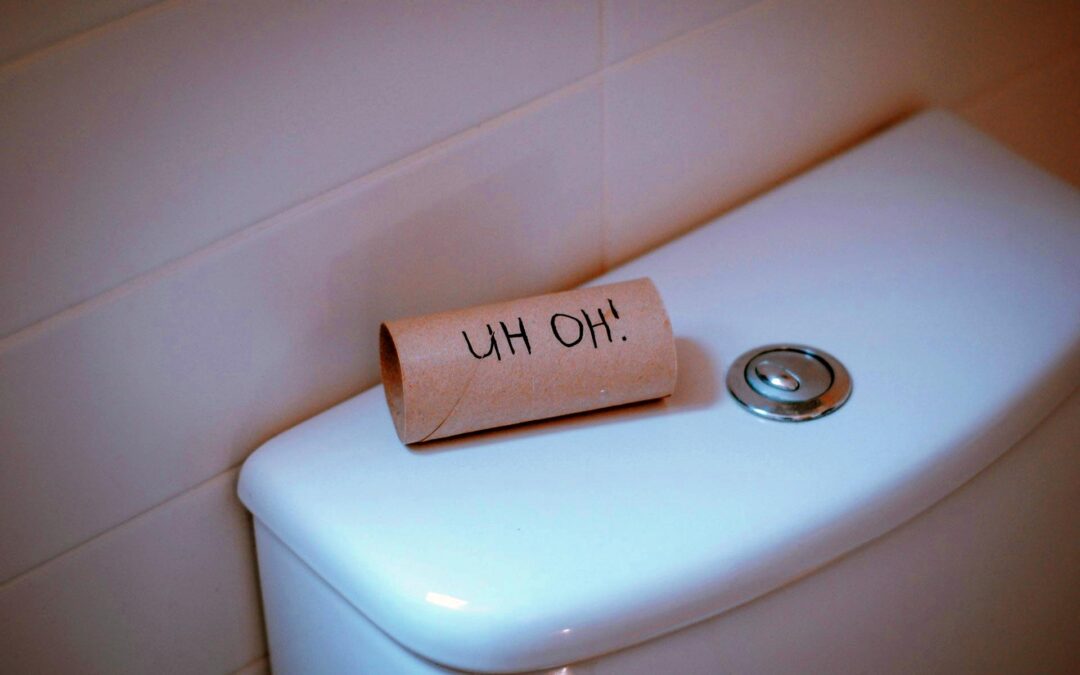During the summer, many homeowners face the issue of their toilets sweating, leading to puddles of water on the floor. This phenomenon, known as a sweating toilet, can cause damage to flooring, subfloors, and even create mold and mildew problems if left unaddressed. Understanding the causes of toilet sweating and implementing preventative measures can help resolve this issue.
Causes of Toilet Sweating
Toilet sweating occurs when warm, humid air comes into contact with the cool surfaces of the toilet, leading to condensation. The water entering the toilet tank is relatively cold, around 50° to 60°F. As the temperature and humidity levels rise outside the toilet, the warm, moist air inside the bathroom condenses on the cooler porcelain surfaces, resulting in water droplets forming on the exterior of the toilet.
Ways to Stop Toilet Sweating
- 1. Use a Ventilation Fan: Installing a ventilation fan in your bathroom can help reduce overall humidity and temperature, minimizing the likelihood of toilet sweating.
- Keep Windows Closed: If you don’t have a ventilation fan, keep bathroom windows closed during warm summer days to prevent the entry of hot, humid air.
- Lower Shower/Bath Temperature: Lowering the temperature of your shower or bath can reduce the heat and humidity levels in the bathroom, lessening the chances of toilet sweating.
- Use a Dehumidifier: Using a dehumidifier in the bathroom can help reduce moisture levels in the air, mitigating toilet sweating. However, this may not be a practical solution for continuous use during the summer.
- Install an Anti-Sweat Valve: An anti-sweat valve in the water-supply line leading to the toilet can add a small amount of hot water to the toilet’s water line, raising the temperature enough to prevent sweating.
- Wrap the Tank with Fabric: Wrapping the toilet tank with fabric can help prevent condensation buildup. However, regular maintenance and cleaning of the fabric may be required to prevent mildew and moisture buildup.
- Consider a Low-Flow Toilet: Low-flow toilets, which use less water per flush, can help reduce the amount of cold water entering the toilet tank, minimizing the potential for sweating.
By implementing these strategies, you can effectively reduce or eliminate toilet sweating in your home, protecting your flooring and preventing potential mold and mildew issues. For more plumbing tips and information, visit https://socalplumbers.com/. If you found this article helpful and want to receive more updates from SoCal Plumbers, sign up for our newsletter https://socalplumbers.com/email-signup/.


